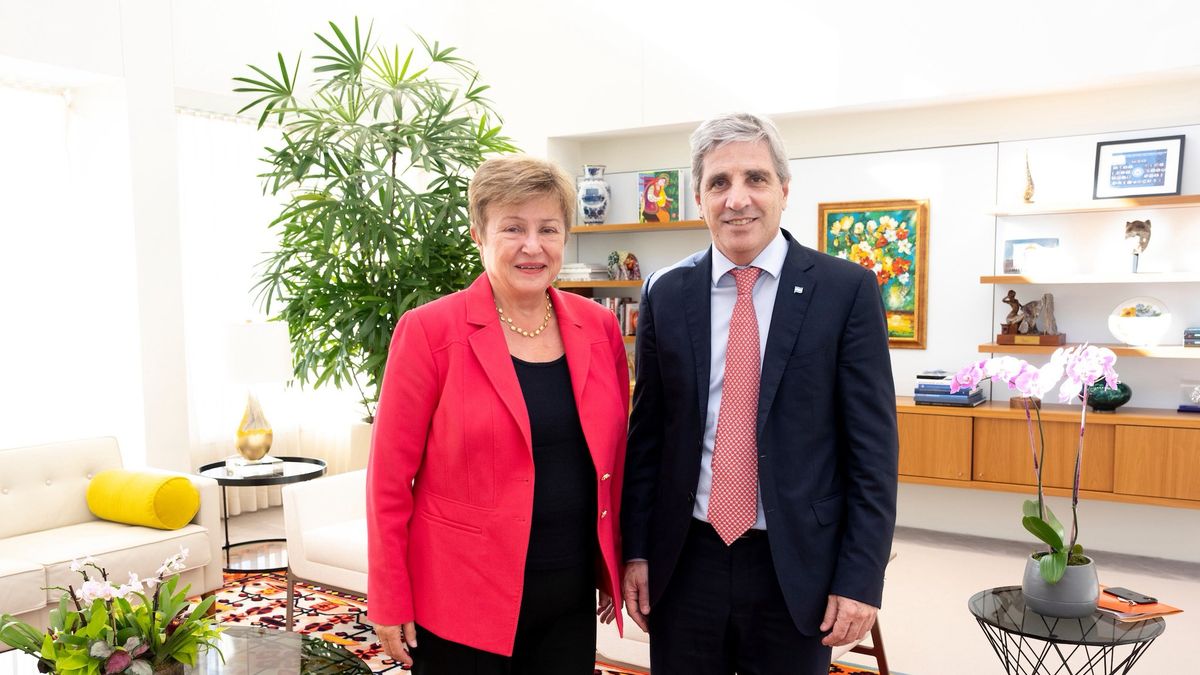Four high commanders may have fallen, said Colonel Markus Reisner, head of the development department at the Theresa Military Academy, in an interview with the APA on Wednesday. He has put forward five theses as to how things could continue.
The five possible scenarios
Scenario one is a short and intense war that would result in devastating casualties. Scenario two is a long war of attrition if both sides fail to reach a decision. The third scenario would be a diplomatic solution, which he does not rule out. However, a compromise presupposes that both have something to offer, Reisner analyzes. Variant four is an escalation in which the war spreads beyond the region and other countries such as Moldova are drawn in. The fifth scenario would be “tyrannicide”. However, Reisner considers this to be very unlikely because it has no tradition in Russia. In the past, the Russians have always come together in crises.
In any case, the Russians’ original idea of carrying out their “military operation” in one to three weeks was unsuccessful. We are already at the end of the second week and this goal has not yet been reached. “The decapitation in Kyiv by airborne didn’t work, that changed everything. The Russians’ supply routes are constantly being attacked and now have to be painstakingly secured. And the resistance of the Ukrainians is much stronger than expected.”
Video: ORF correspondent Christian Wehrschütz on the announced ceasefire
This video is disabled
Please activate the categories Performance Cookies and Functional cookies in your cookie settings to view this item. My cookie settings
Deployment of the Russian Air Force suffers from the lack of precision ammunition
According to Reisner, the resistance of the Ukrainians is so successful not least because they receive massive support from the USA, for example in the field of reconnaissance. “It appears that the Russians are having trouble with their secure communications, further complicating coordination.” In addition, the use of the Russian Air Force suffers from a lack of precision ammunition. This forces the Russians to attack at low altitude, which in turn makes shooting down easier.
Russian and Ukrainian casualties are three to one. However, that is the norm, the attacker usually has higher and higher losses. The Russians also apparently lost four senior commanders, two generals, one regiment and one brigade. The generals are said to have been eliminated by snipers.
However, the Russians are not using their full arsenal of weapons, if they did many more Ukrainian civilians would die. It is quite possible that the Russians are not using their precision weapons because they are saving them for an eventual escalation. Thus, some multiple rocket launchers would only be used on city outskirts and against military targets. This will not be shot into the cities on a massive scale, explains Reisner.
“On the other hand, I think the Ukrainians have prepared themselves for exactly what they are doing, and they have done so with good advice. The fight along the supply routes is too well-coordinated to be spontaneous,” Reisner said. Regarding the delivery of Polish Mig-29 jets to Ukraine, Reisner sees many unanswered questions: “Where are they fueled and armed? Where do the bombs come from?”
Source: Nachrichten




